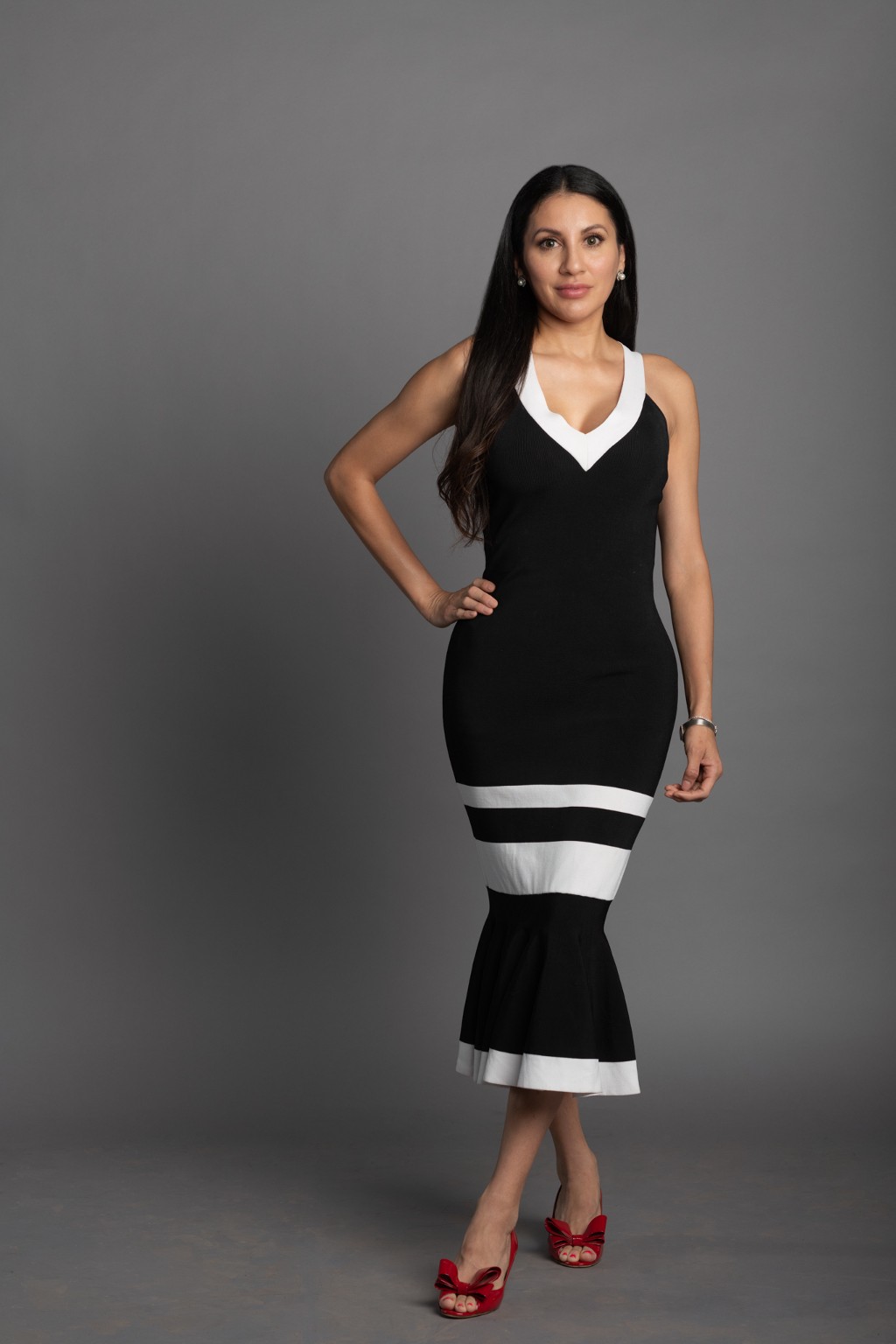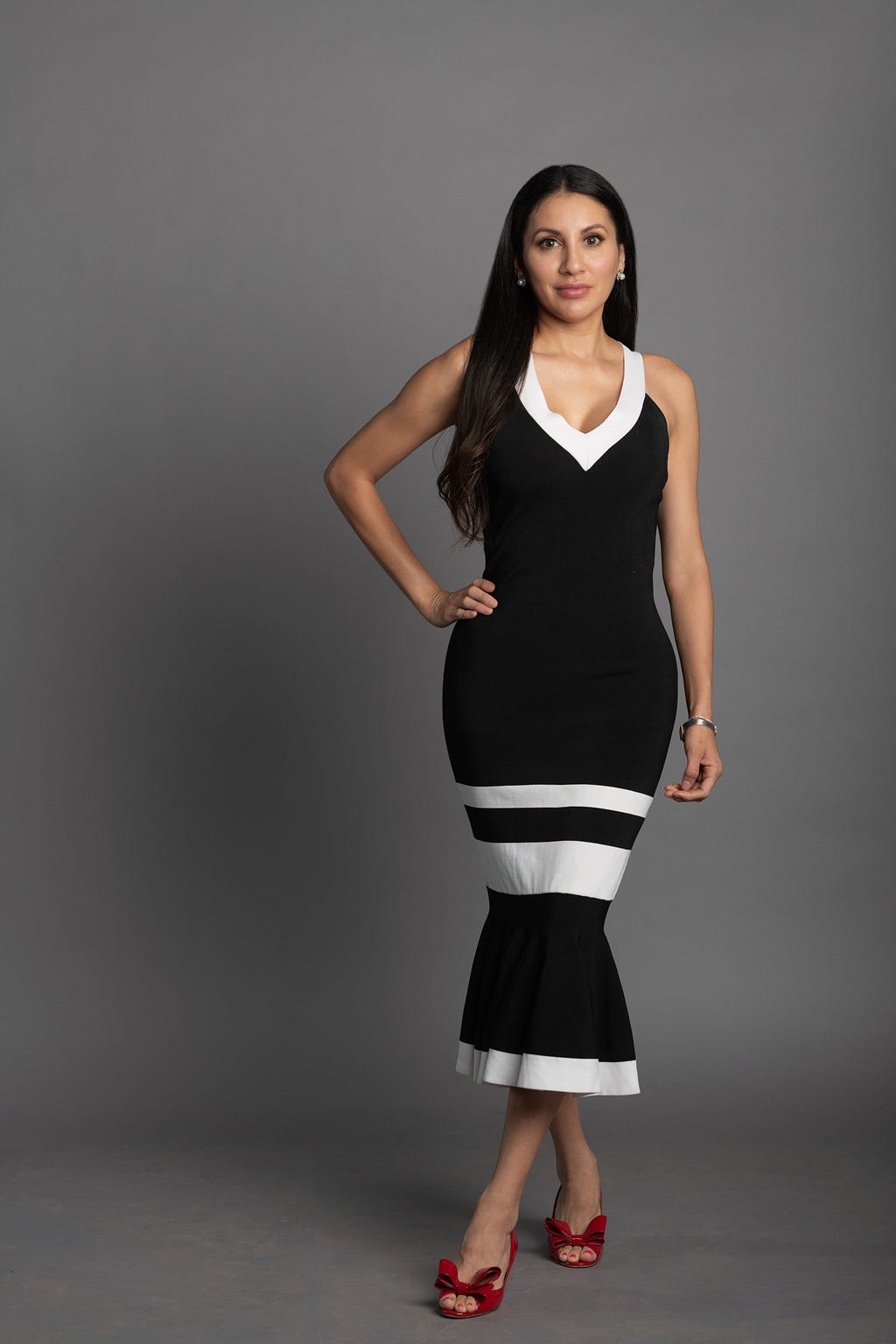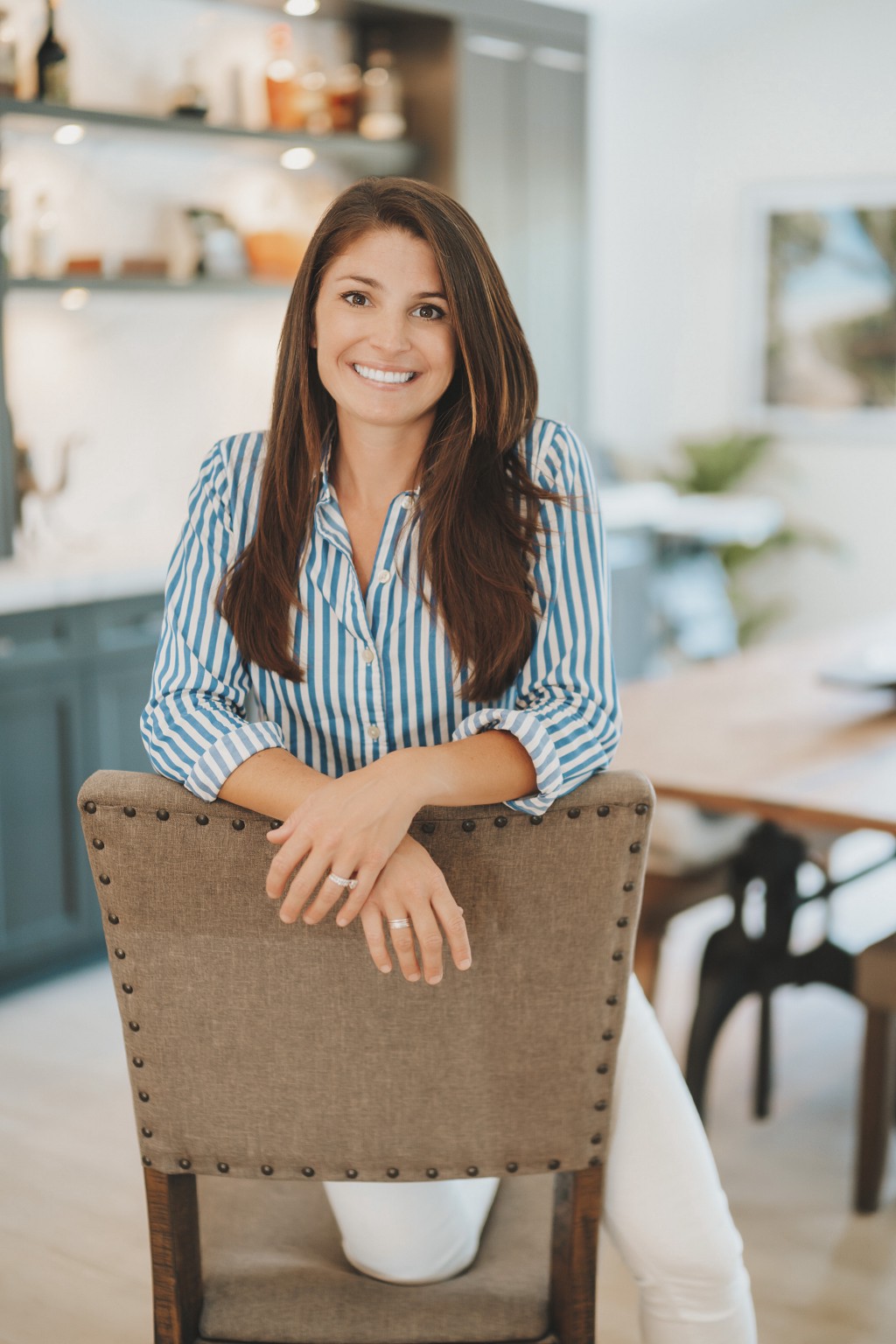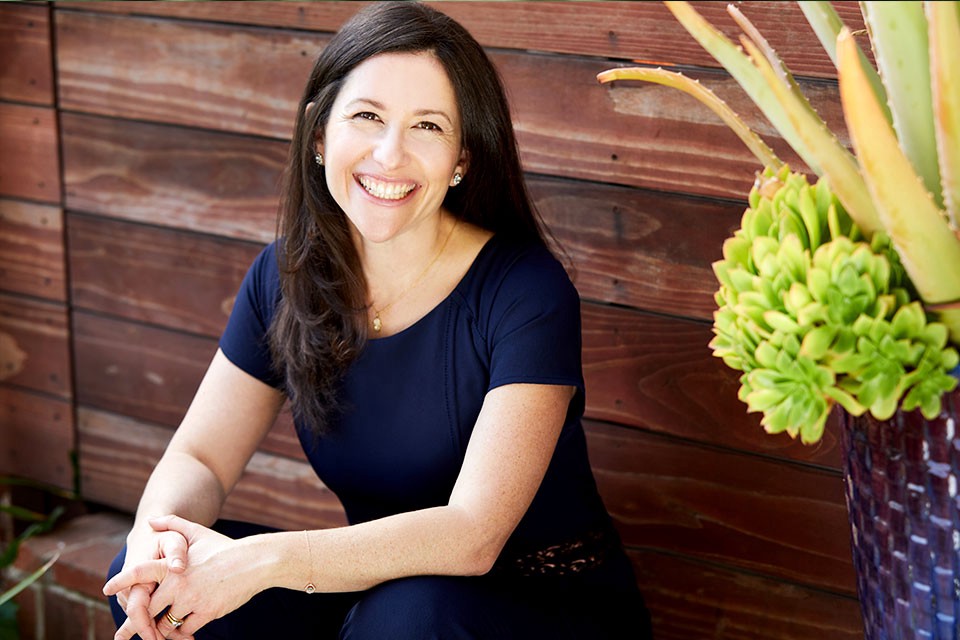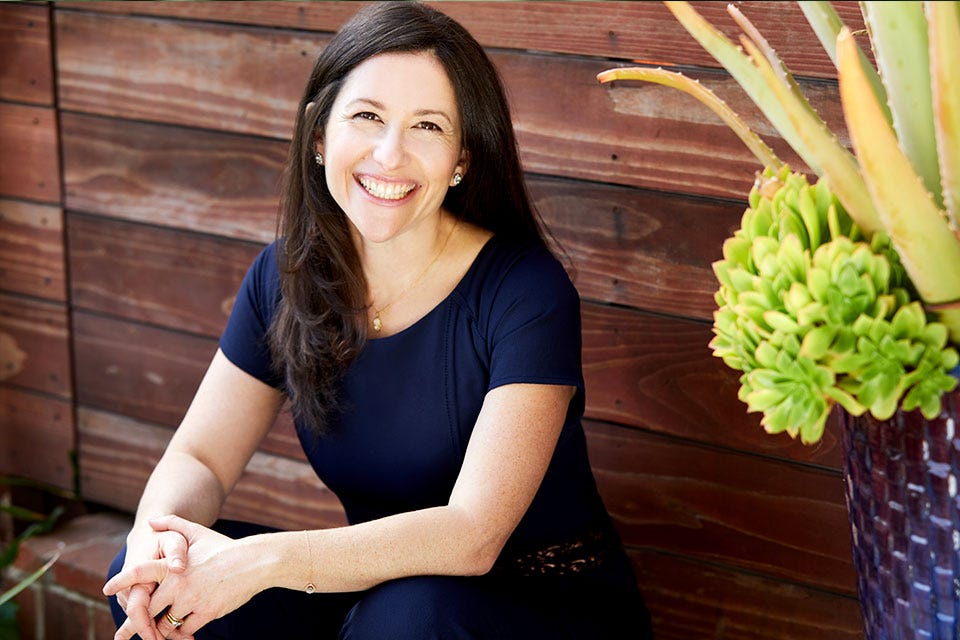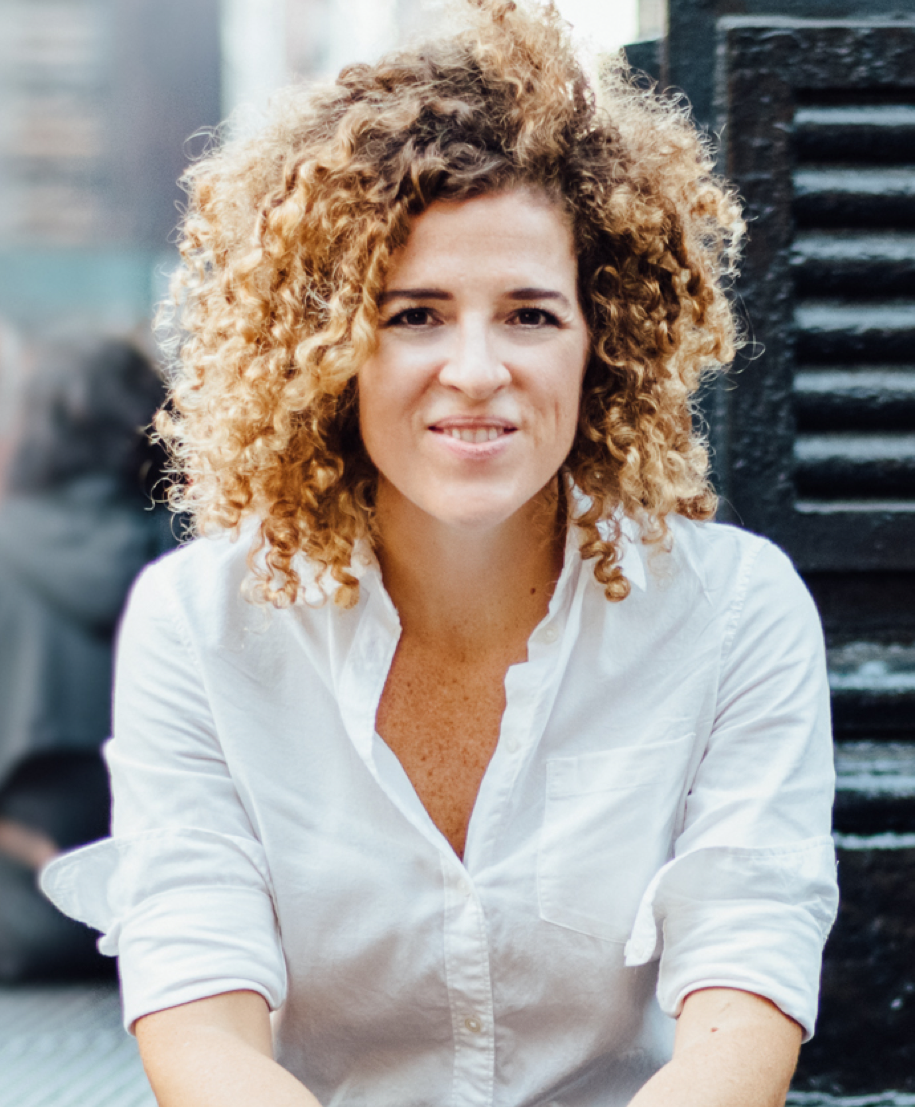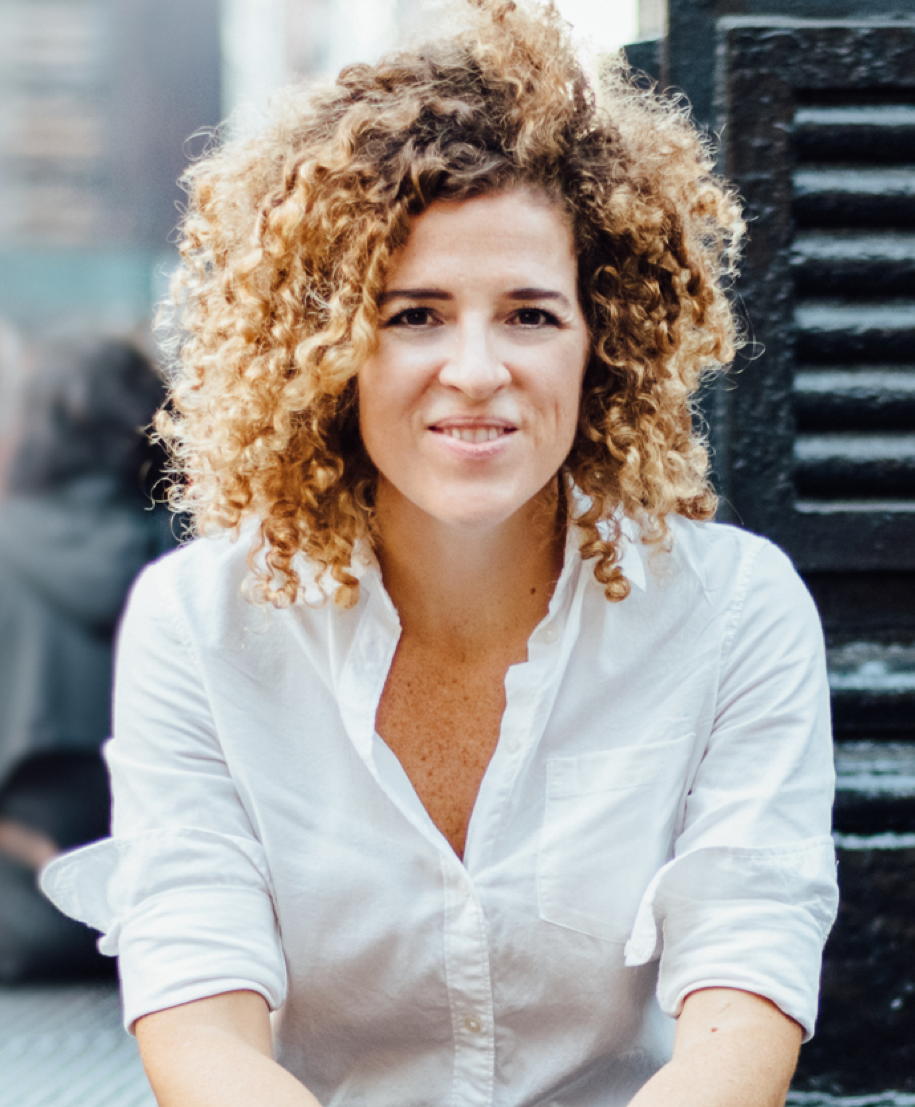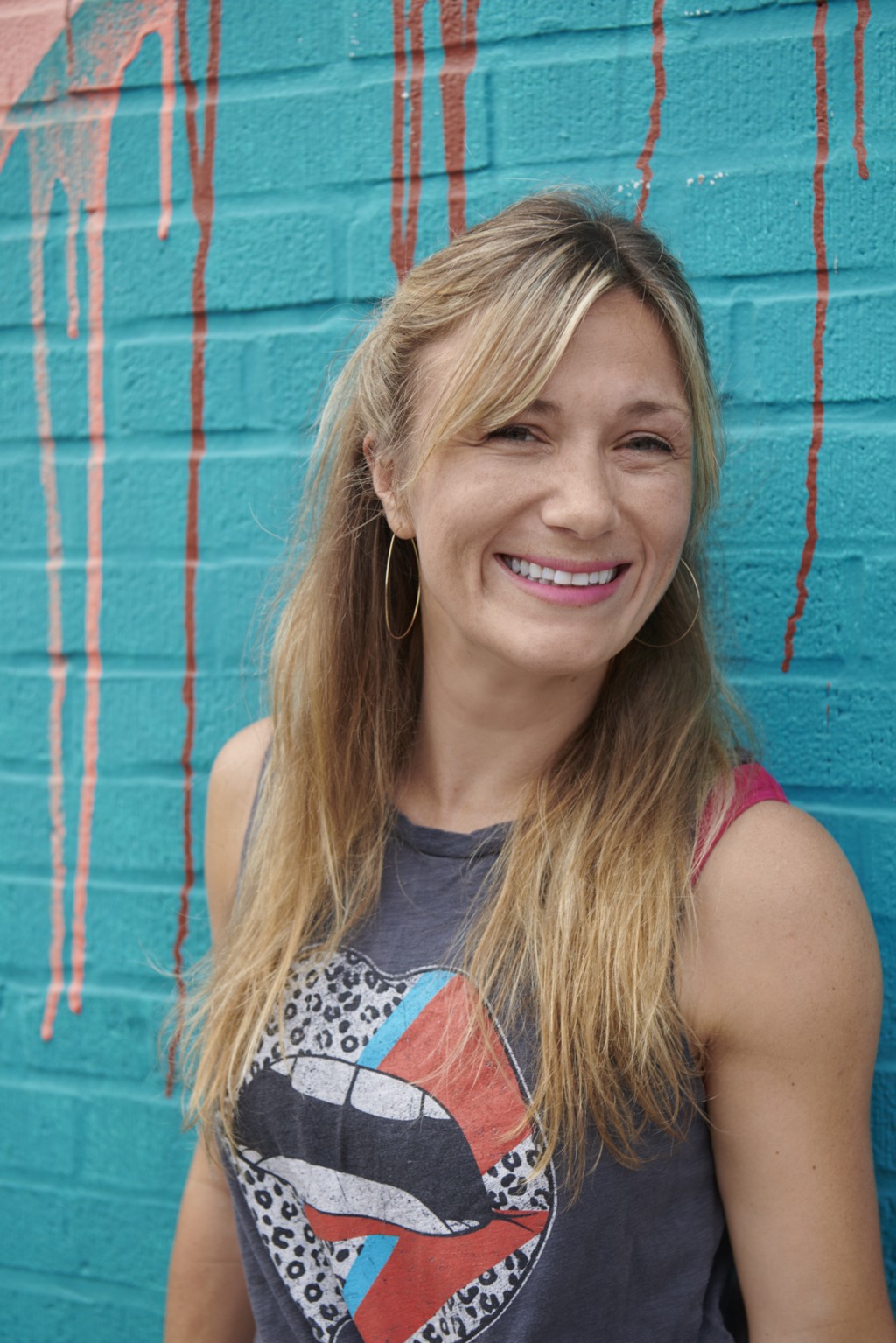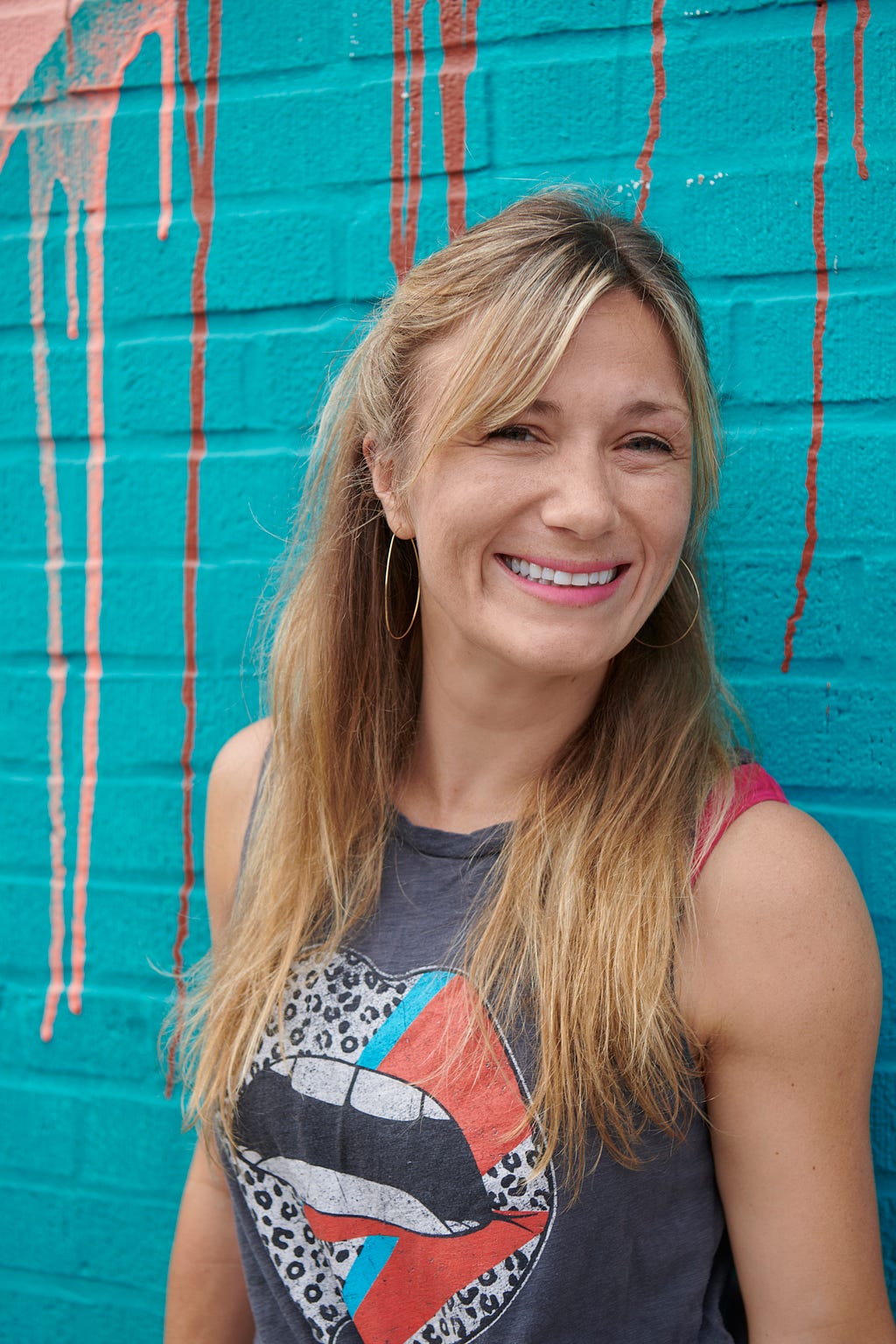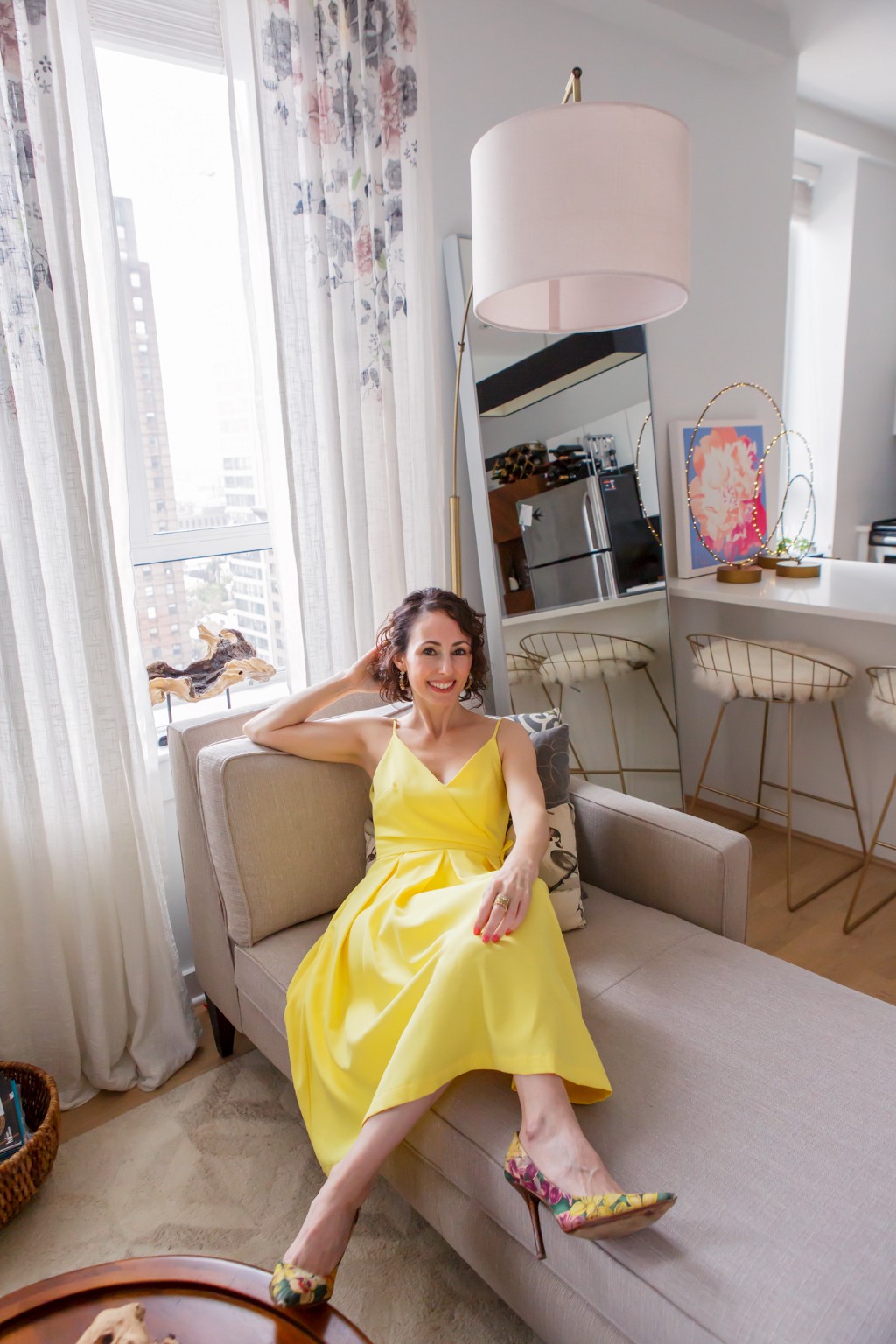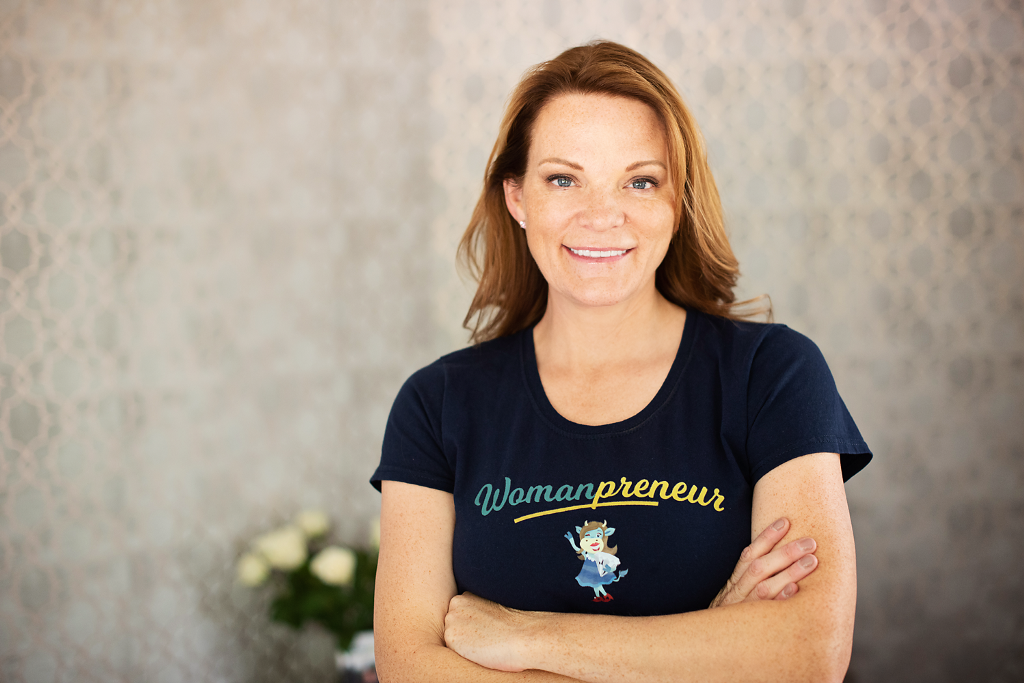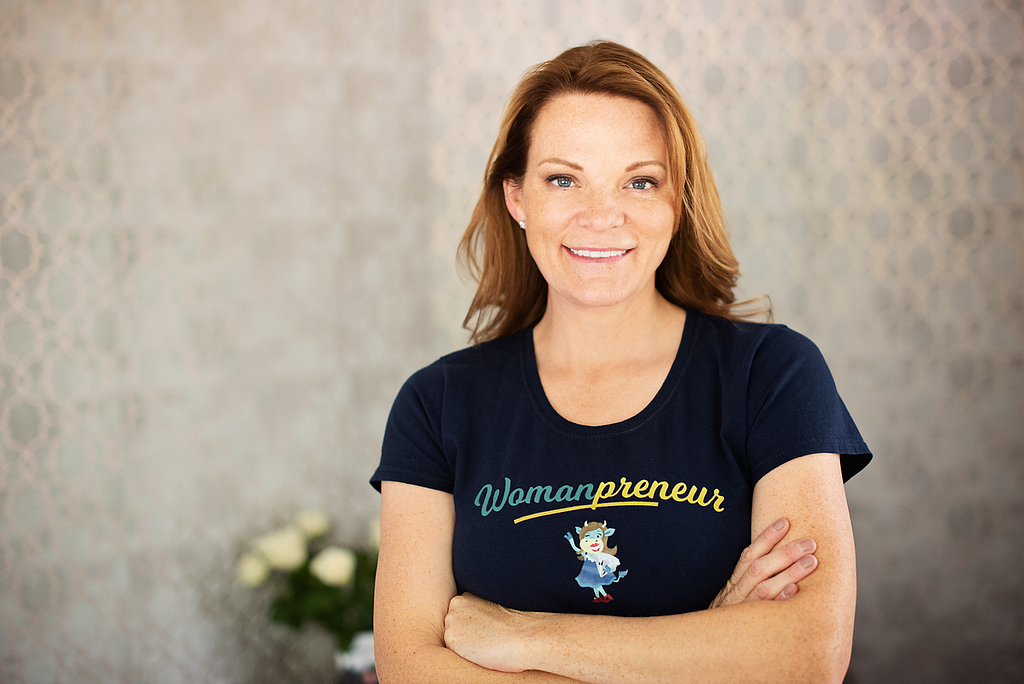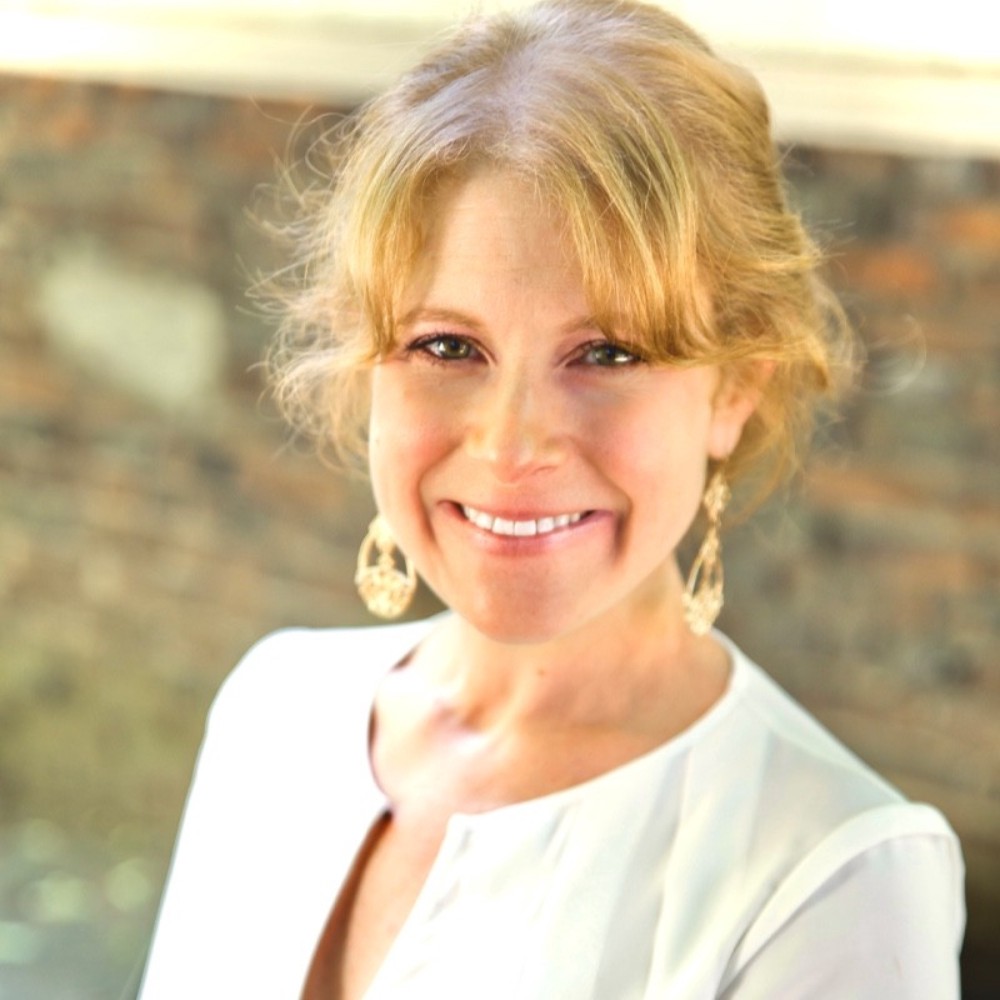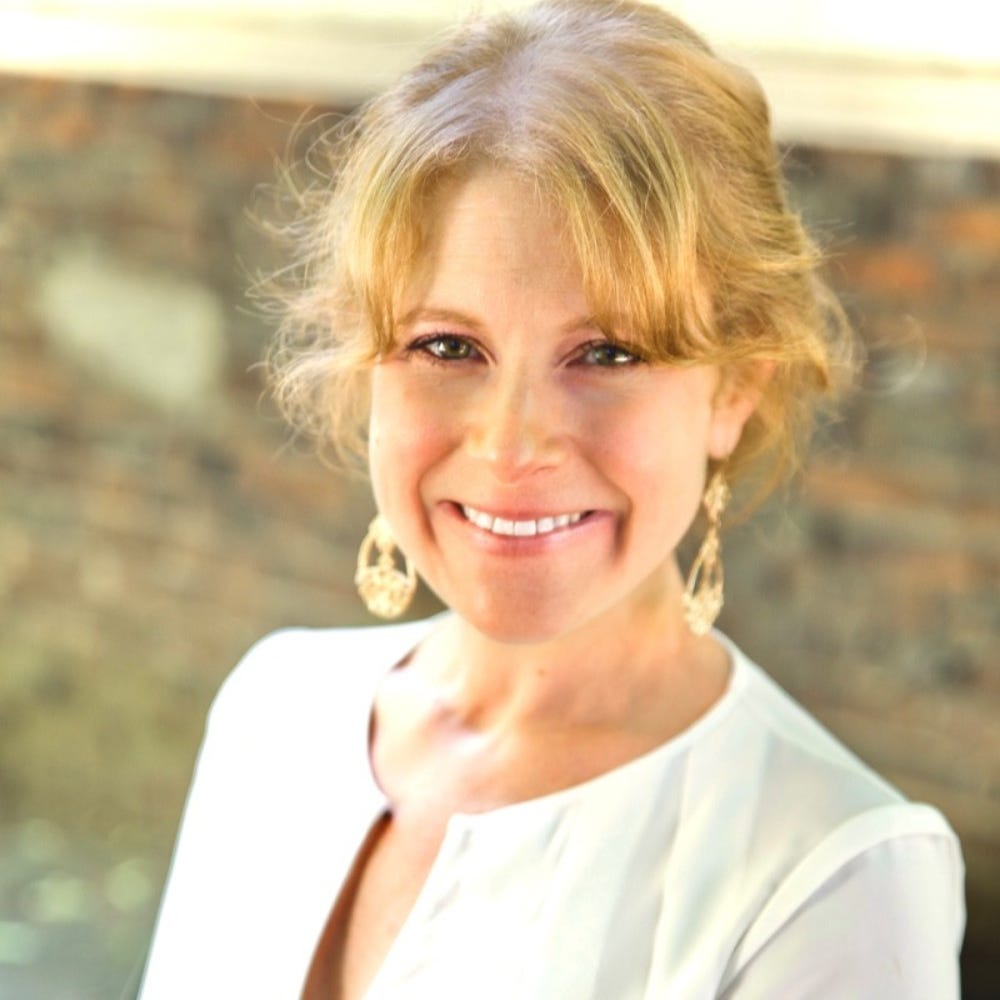Female Founders: Kirsten Ludwig and Chris Danton of ‘In Good Co’ On The Five Things You Need To Thrive and Succeed as a Woman Founder
An Interview With Candice Georgiadis

Be fearless: It can feel daunting wondering ‘do I have anything unique to add to this conversation’, the best way to find out is to do it. Also, you’d be surprised at how some things that feel obvious to you are helpful revelations to others
As a part of our series about “Why We Need More Women Founders”, I had the pleasure of interviewing Kirsten Ludwig and Chris Danton.
IN GOOD CO; a female founded, purpose driven creative agency on a mission to build better brands, a passion for purpose and getting good sh*t done. On the front lines of innovation, powered by an inclusive team, IN GOOD CO partners with enlightened legacy brands and fearless startups to think bigger, strategize smarter — and transform dreams into reality.
The Founders, Kirsten Ludwig and Chris Danton built IN GOOD CO differently — with intention. Curating teams for every client from their global collective of independent creatives, strategists, doers and makers, they are working to raise the standard of what an agency can be.
Kristen Ludwig — President and Founder
Kristen is a creative and lifestyle marketer with 20 years of experience. Kristen has transformed agencies, led teams and much more. Ralph Lauren, Google, Nike and Starbucks are just a few Kristen has inspired.
Chris Danton — Chief of Ideas + Co-Founder
Chris is creative strategist with 10 years of creative and design expertise, focused on brand experiences that create truly meaningful connections between brands and their consumers. NBC, Refinery 29, and Disney are some of the brands where Chris has made an impact.
Thank you so much for doing this with us! Our readers would love to “get to know you” a bit better. Can you share your “backstory” with us?
Sure! We founded IN GOOD CO about 8 years ago. Chris and I met at another agency that we helped to build, grow and sell. Hypergrowth in 3 years. That process was wild — in good ways and bad. We learned a lot. Mainly that agency culture is everything and working with brands that stand for a bigger purpose is work that everyone feels good about. It shaped our business immensely.
Can you briefly share with our readers why you are an authority about the topic of thought leadership?
We have been doing this for some time, on the brand side, agency side, studying trends and culture. We have had the opportunity to significantly shift and create brands.
One thing we love about agency life is that you have the opportunity to shape the direction brands take on really big topics and brands can wield incredible power. We take this role seriously. It’s fun and challenging, it means staying ahead of trends for sure, but it also means not taking a surface approach. It’s like getting tiny master’s degrees in topics.
Can you share the most interesting story that happened to you since you started your career?
It’s interesting to look back on a career. But I always find the most current challenge the most interesting. We’re in the process of building the annual Color Outside The Lines campaign for a Psycho Bunny. This year we’re working with a really exciting cast of creatives who span the spectrum of self-expression. We’re also working with artists to bring the vision to life. It’s launching in September — stay tuned.
Can you share a story about the funniest mistake you made when you were first starting? Can you tell us what lesson you learned from that?
Chris: Well before IGC I replied all bitching about a client. It went to the client — of course. My boss at the time made me call her to apologize and then invited her in for an in-person apology — yes, that bad. Lesson: don’t be an asshole.
Once we got our wires crossed on Slack and cast the wrong model. We only realized on the pre-production call. We scrambled, righted the ship, made for the extra model. In the end it ended up with us being able to get tons of extra social content for the shoot and made us hire more models on-going for that client’s shoots. But we still send the casting confirmation with pictures every time now.
Ok, thank you for that. Let’s now jump to the main focus of our interview. In a nutshell, how would you define what a ‘Thought Leader’ is? How is a thought leader different from a typical leader? How is a thought leader different from an influencer?
Chris: Brian Chesky from Airbnb spoke once about leaders in a business managing an iceberg. Employees see the tip of the iceberg, leaders — or great leaders, have to focus on the part of the iceberg that’s under the water that no one sees. I think thought leadership is looking out at what’s on the rest of the ocean. What’s coming towards you, what’s moving away, what’s shifting, under and above the water. It’s about offering an outside perspective while understanding what leaders might need to know.
As for influencers, I think they can be thought leaders, the two aren’t mutually exclusive but beyond that, influencers — or the right ones anyway — are great for showcasing your thought leadership. Who you choose to align with, who advances your message, who builds on it matters.
Can you talk to our readers a bit about the benefits of becoming a thought leader? Why do you think it is worthwhile to invest resources and energy into this?
Chris: Future proofing your business. Investing in thought leadership ensures you aren’t only drinking the Kool-Aid.
Let’s talk about business opportunities specifically. Can you share a few examples of how thought leadership can help a business grow or create lucrative opportunities?
Our thought leadership work on Purpose-driven businesses has ensured that the types of clients we love and are best positioned to help have come our way. When you share your perspective, you attract like-minded company.
Ok. Now that we have that behind us, we’d love to hear your thoughts about how to eventually become a thought leader. Can you share 5 strategies that a person should implement to become known as a thought leader in their industry? Please tell us a story or example (ideally from your own experience) for each.
- Do a Brand workshop: At the start of our business and every brand we build (or rebrand) we do a workshop to identify the brand’s why, the company values and what ‘conversations’ they can join. This works for individuals too. Figure out what it is that matters to you and why.
- Read, consume, repeat: we can’t tell you how many niche sub stacks we are subscribed to. We both read a lot. And consume whatever it is we’re working on.
- Share and test: there are topics we can discuss in our sleep at this point but even when it’s something new we’re constantly talking about it internally and with clients, figuring out the best way to share the important things. It’s as much about what you are saying as how you’re saying it
- Find your outliers: Chris: Make time to have chats with people outside your industry. Being curious about what others at being challenged or passionate about is usually where the most unique ‘aha’ moments come from
- Be fearless: It can feel daunting wondering ‘do I have anything unique to add to this conversation’, the best way to find out is to do it. Also, you’d be surprised at how some things that feel obvious to you are helpful revelations to others
In your opinion, who is an example of someone who has done a fantastic job as a thought leader? Which specific things have impressed you about that person? What lessons can we learn from this person’s approach?
Kirsten: Cindy Gallop. She is super clear and strong in her point of view and NEVER afraid to share her opinion. I takeaway 1. Know what you stand for 2. Be clear on articulating what you stand for 3. Take every opportunity you have to share that POV 4. Don’t be afraid, no matter how unpopular it may be. 5. Trust yourself.
I have seen some discussion that the term “thought leader” is trite, overused, and should be avoided. What is your feeling about this?
Something everyone agrees on isn’t usually that interesting
What advice would you give to other leaders to thrive and avoid burnout?
Don’t hide or be ashamed of what you need to spend time on. We add our workouts, therapy, kids doctors appts etc. to the calendar and we always tell clients why we’re not available. We have to normalize having human needs. Normalize caring for yourself. That way your teams feel able to do it. Your clients feel able to do it.
You are a person of enormous influence. If you could inspire a movement that would bring the most amount of good to the most amount of people, what would that be? You never know what your idea can trigger. 🙂
Kirsten: Aspire all to inspire. Realize that everything you say, do and are can (and probably does) have an impact on someone. For sure the movement I most hope to inspire is women supporting other women vs seeing competition in them. Above and below the ranks. We have the true power to elevate each other, whether it is a larger more obvious accomplishment or a smaller less seen moment. Realize that at every moment you can be having a positive impact on someone to empower and inspire them to do the same.
Can you please give us your favorite “Life Lesson Quote”? Can you share how that was relevant to you in your life?
Kirsten: “Dream as if you will life forever. Live as if you’ll die today” To me that translates as thinking big, taking chances and trying things, but always living in the moment. I try to live that in everything I do. Had it tattooed so I can see it every day.
Chris: My dad once said — opposite to most advice I was getting — don’t stay late unless you need to. Show them that you know how to get the work done in time. Never stay late just for appearance. It will either make it normal or make them wonder if you know what you’re doing. As a working mom, I believe time management is one of my greatest skills. Do it well, do it efficiently, deliver on time.
We are blessed that very prominent leaders in business and entertainment read this column. Is there a person in the world with whom you would like to have lunch or breakfast? He or she might just see this, especially if we tag them. 🙂
Kirsten: That’s a long list. I get great inspiration from anyone bold who is living their truth and inspiring others along the way. Arianna Huffington, Brene Brown, Glennon Doyle, well and of course Oprah. Should I go on?
How can our readers further follow your work online?
Weareingoodco.com
Thank you for these fantastic insights. We greatly appreciate the time you spent on this.
Female Founders: Kirsten Ludwig and Chris Danton of ‘In Good Co’ On The Five Things You Need To… was originally published in Authority Magazine on Medium, where people are continuing the conversation by highlighting and responding to this story.



